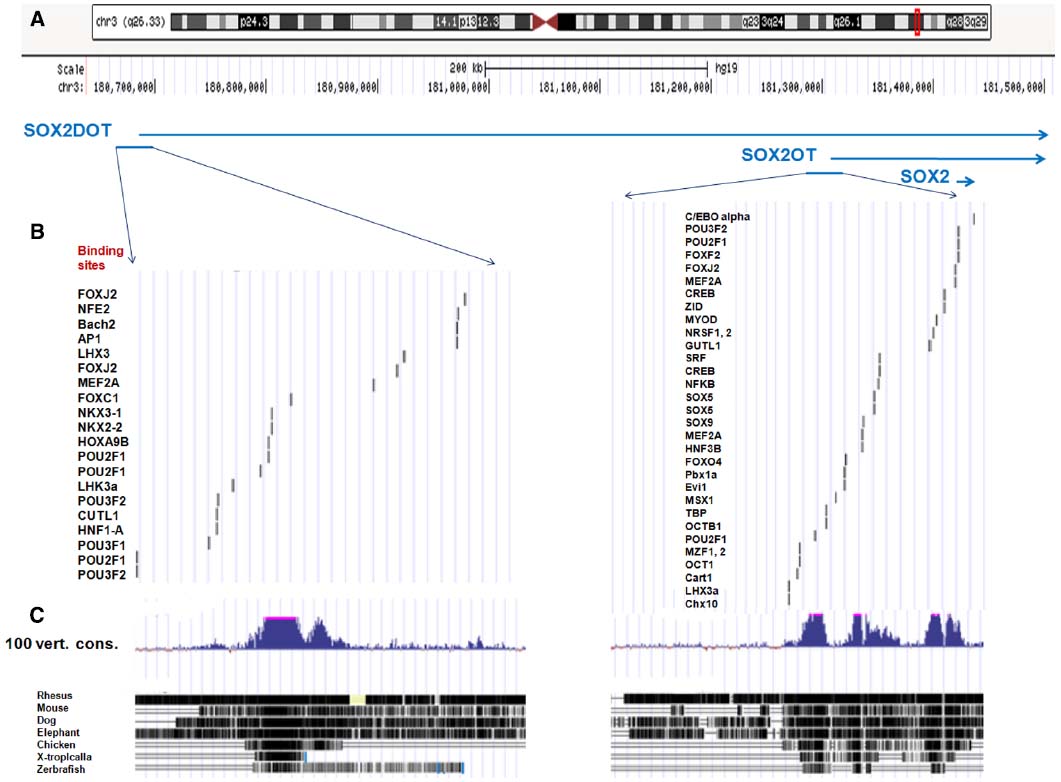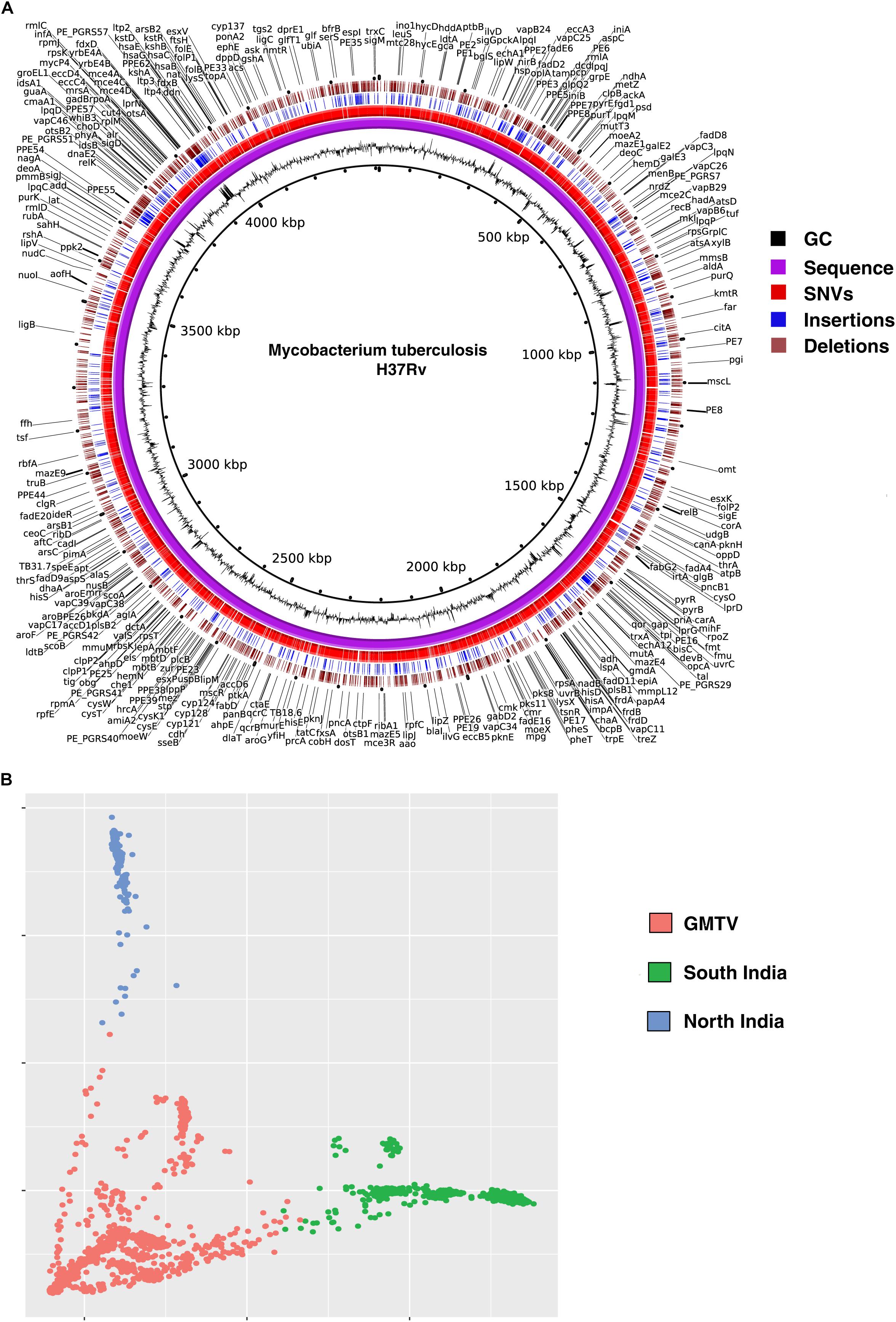
Following the end of the last ice age, 14,000 years ago, there was a major warming event that raised global temperatures to roughly their current levels. In that time, humans have been forced to adapt to a wide range of new habitats and climates. In the last 100,000 years, behaviorally modern humans have spread from Africa to colonize most of the globe. The evolution of modern human populations has been accompanied by dramatic changes in environment and lifestyle. BFV also received partial support from RO1 DK55889 to Nancy Cox.Ĭompeting interests: The authors have declared that no competing interests exist.Ĭorrection note: Because of a typesetting error, the symbol "σ" was incorrectly displayed as an "s" in the legends of Figures 1, 2, and 3. This is an open-access article distributed under the terms of the Creative Commons Attribution License, which permits unrestricted use, distribution, and reproduction in any medium, provided the original author and source are credited.įunding: Our project was supported by RO1 HG002772–1. Received: NovemAccepted: JanuPublished: March 7, 2006Ĭopyright: © 2006 Voight et al. PLoS Biol 4(3):Īcademic Editor: Laurence Hurst, University of Bath, For this purpose we have developed a set of SNPs that can be used to tag the strongest ∼250 signals of recent selection in each population.Ĭitation: Voight BF, Kudaravalli S, Wen X, Pritchard JK (2006) A Map of Recent Positive Selection in the Human Genome. Though the relevant phenotypes are generally not known, such loci should be of particular interest in mapping studies of complex traits. Finally, since these signals indicate the existence of genetic variants that have substantially different fitnesses, they must indicate loci that are the source of significant phenotypic variation. Contrary to some earlier low resolution studies that suggested a paucity of recent selection in sub-Saharan Africans, we find that by some measures our strongest signals of selection are from the Yoruba population. Most signals are region-specific, though a significant excess are shared across groups. In all three continental groups we find widespread signals of recent positive selection.

We describe a new analytical method for scanning single nucleotide polymorphism (SNP) data for signals of recent selection, and apply this to data from the International HapMap Project. We report here on a genome-wide scan for signals of very recent positive selection in favor of variants that have not yet reached fixation.

The identification of signals of very recent positive selection provides information about the adaptation of modern humans to local conditions.


 0 kommentar(er)
0 kommentar(er)
